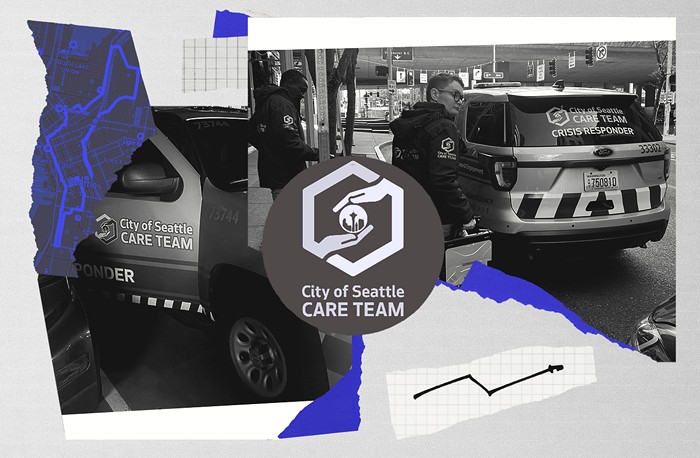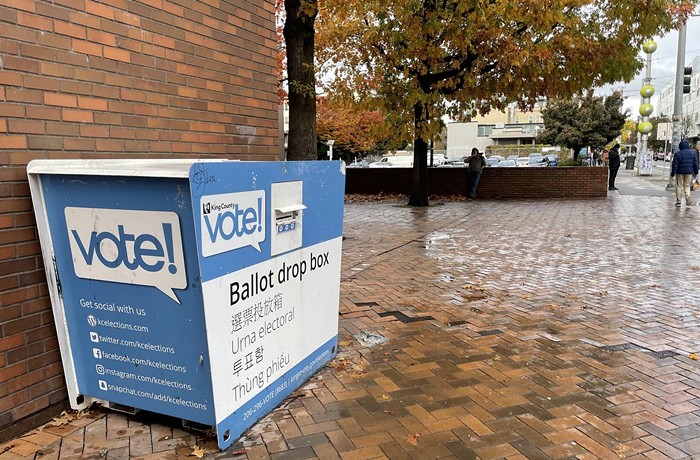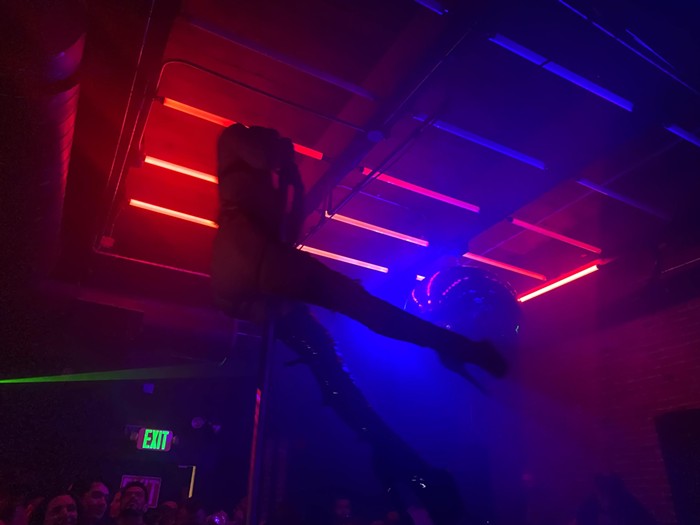Leave it for all hell to break loose the second I leave town. In three weeks, the Seattle City Council managed to: upend Mayor Greg Nickels's proposed red-light district; rewrite the city's ethics rules; declare an aerial viaduct replacement illegal; and decide that maybe it doesn't want to put the viaduct up for a vote after all. (See "Digging a Hole".)
On the afternoon of Monday, September 18, after a seemingly endless debate over the fine for real and "apparent" conflicts of interest (the options were $1,000, $250, and nothing, prompting Council Member David Della to blurt, "Can anyone explain to me what the difference between $250 and $1,000 is?") the council passed revisions to the ethics rules governing volunteer boards and commissions. Ultimately, the council agreed on $1,000 and $250 for real and apparent conflicts, respectively.
The mayor's proposed strip-club district is facing long odds at the council, after a Planning Commission report found no justification for concentrating clubs in a single neighborhood (Georgetown). A majority of the council is reportedly leaning toward so-called "dispersion," in which strip clubs would be allowed citywide, but limited to a certain distance from "sensitive" places like parks and schools. (Never mind that, Urban Development and Planning Committee Chair Peter Steinbrueck points out, "There is no study that exists today that shows disproportionate crime in proximity to strip joints.") Nickels, reportedly unwilling to budge on his red-light proposal, could prove reluctant to allocate money to review the alternate proposal's environmental impacts—a fail-safe way to block a council alternative. Meanwhile, any strip-club proposal will be racing against time: A referendum on the November ballot could overturn restrictive strip-club rules adopted by the council, opening the door to strip clubs all over the city. And with the 2007 budget looming, it's unlikely the council will have time to pass a compromise before that happens.
The council's Monday meeting was dominated, of course, by the debate over the Alaskan Way Viaduct; specifically: whether to put anything on the ballot; what to put on the ballot; and whether, as reported on The Stranger's blog (www.thestranger.com/blog), one of the two front-running options might be illegal. (Steinbrueck's ordinance, which seems to enjoy broad council support, declares the aerial replacement out of compliance with a long list of city and state regulations.)
Meanwhile, the one alternative no one was mentioning—the surface/transit option—gained the support of the American Institute of Architects, which issued a statement last week "wholeheartedly concur[ring]" with the Seattle AIA's support for "permanently remov[ing] the viaduct" and not replacing it. In its statement, the AIA cited a recent study by the Center for Neighborhood Technology and the Congress for the New Urbanism, which found that the state had overestimated downtown traffic projections, overstated the extent to which the viaduct is used for moving freight, and ignored the economic benefits of simply tearing the viaduct down. On Monday, council Transportation Committee Chair Jan Drago said the surface/transit option could "very possibly" be included as "plan B" in the council resolution supporting the tunnel. 


















